Yes. Insurance for a single day is available.
Driving in Europe Simplified: A Traveler’s Guide to Euro Road Rules
PUBLISHED ON Apr, 10 2024
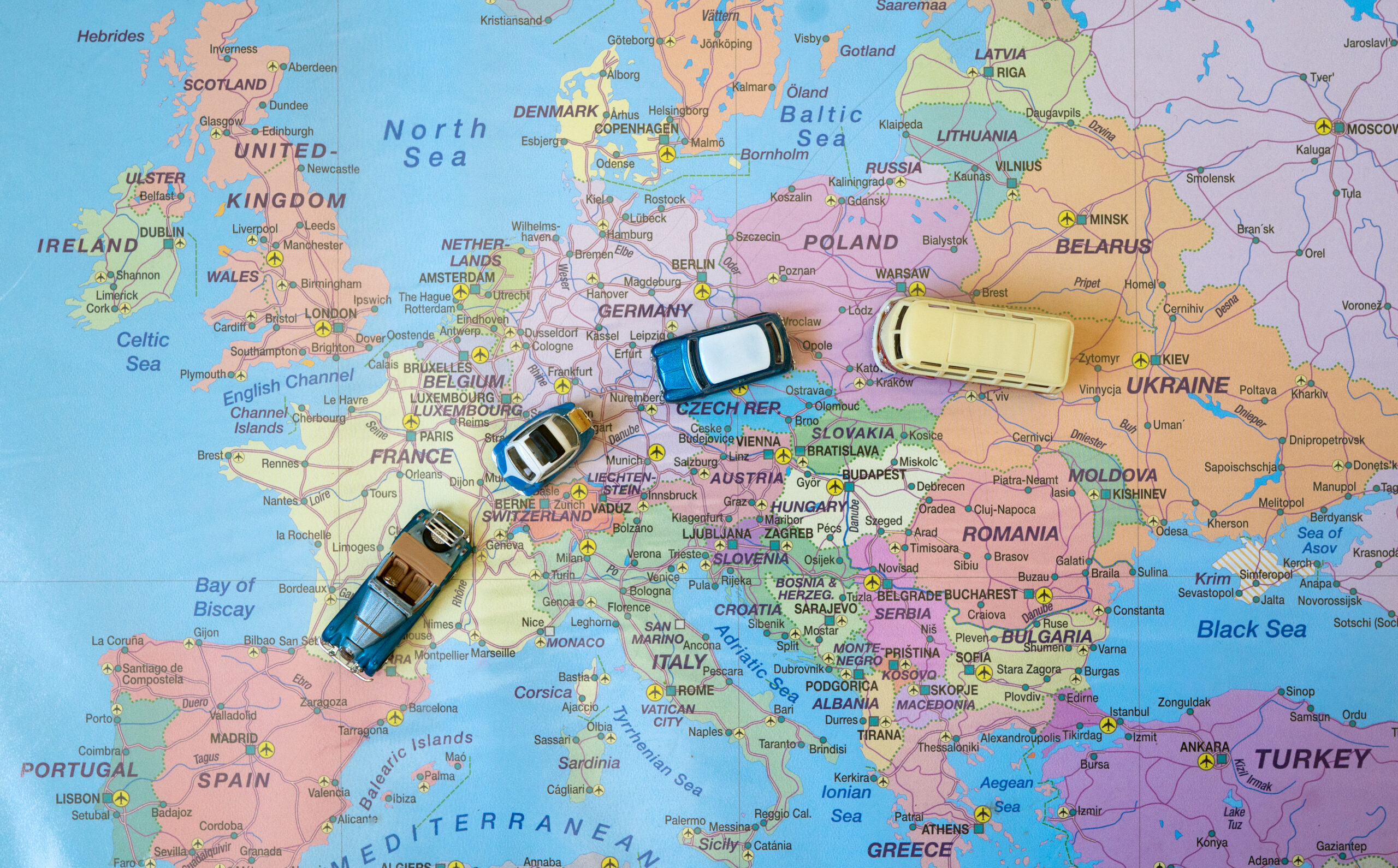
Introduction to Continental Cruising
Embracing the European Roadtrip Experience
Your journey across Europe is one of personal discovery and excitement, a drive through history, culture, and stunning landscapes. Envision yourself venturing from the bustling streets of Paris to the sun-kissed hills of Tuscany, or the majestic fjords of Norway, all from the comfort of your car.
What Every Traveler Should Know Before Hitting the European Highways
Before you start the engine and speed off into your European adventure, there are a few key points to remember. Understanding these will ensure you enjoy a smooth and enjoyable journey.
- Cash is King for Tolls: Keep plenty of loose change at hand, as many highway tolls prefer or require cash. Experienced traveler Kelvin Goodson remarked, “When driving in Europe, having cash for tolls is crucial. Many toll booths may not accept cards or electronic payments, especially in rural areas. Carrying cash ensures smooth passage through toll points, avoiding delays and potential fines.”
- Route Planning Is Essential: While a GPS can be incredibly helpful, always have a physical map as backup for those times technology may fail you.
- Legal Literacy: Review the specific driving laws and regulations of the countries you’ll visit; the European Commission’s Going Abroad website is a great resource for this.
- Stay Alert and Safe: Adapt to a defensive driving style. Respect the speed limits and do not succumb to the pressure of other drivers on the road.
With these tips under your belt, you’re more prepared for the European highways. Buckle up and enjoy the ride!
Getting Your Paperwork in Order
Navigating License Requirements Across Europe
Hitting the foreign pavement means ensuring your driving credentials are road-trip ready. Rules vary across Europe:
- Within the EU, a license from one member country is valid in another. However, if you’re venturing in from outside the EU, you’ll likely need that handy International Driving Permit (IDP) along with your national license.
- Always carry your license while driving. In the unexpected event of an authority check, you’ll need to present it, and sometimes your IDP, if required.
Remember, the IDP is an official travel document that translates your national driving license into several languages and is recognized by many countries worldwide. Plus, it’s relatively easy to obtain and could be your ticket out of a tight spot with local law enforcement.
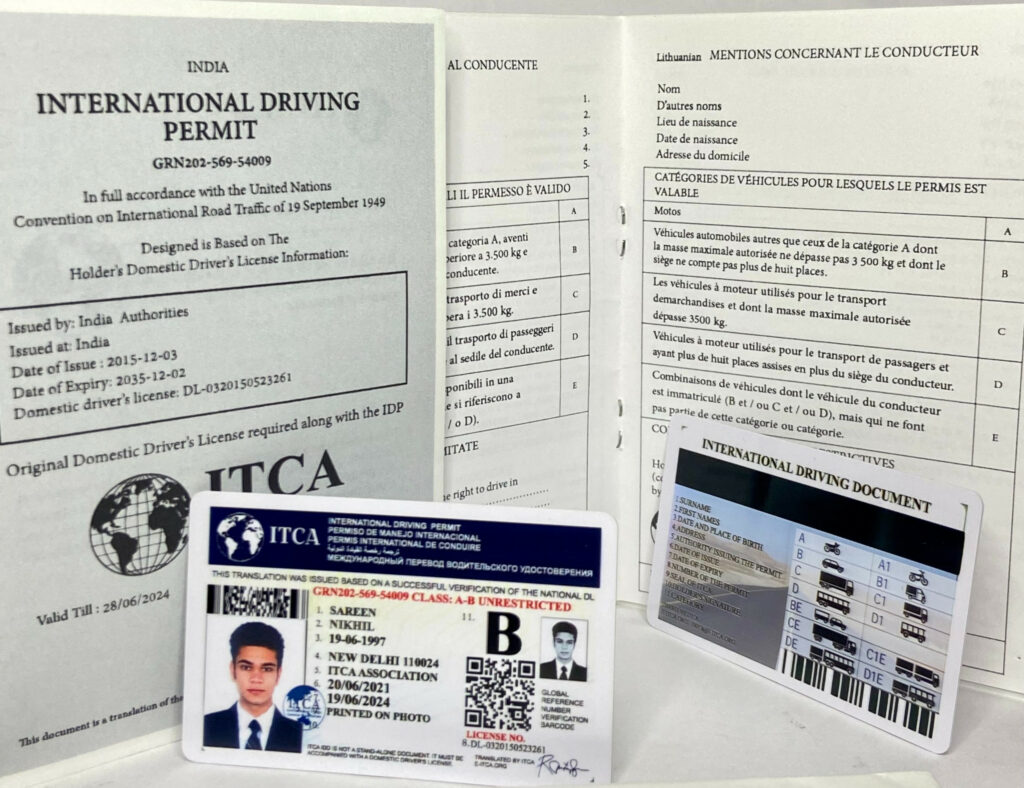
International Driving Permit
Essential Documents for a Stress-Free Journey
Embarking on a European road trip? Pack these paperwork essentials to keep stress at bay:
- Valid Driver’s License: Your driver’s license should still be valid for the entirety of your European escapade.
- International Driving Permit (IDP): Required in many countries, this document translates your license details into multiple languages.
- Vehicle Registration Documents: If you’re taking your own vehicle, don’t forget the registration papers.
- Proof of Insurance: Carry your insurance certificate; you must be covered for all the countries you plan to visit.
- Passport and Visas: Ensure your passport has at least 6 months validity from your planned return date, and secure any necessary visas.
- Emergency Contact Information: Keep a written note of emergency contacts, separately from your phone.
Sarah Thompson, a frequent traveler, shares her experience: “On my recent trip to Europe, having all the necessary travel documents made a world of difference. I meticulously prepared my passport, visa, travel insurance, and any required health documents in advance. This proactive approach ensured smooth transitions at immigration checkpoints and minimized stress throughout my journey.”
Ticking these off your list provides peace of mind and keeps you legally compliant, so you can fully enjoy the open European roads.
Understanding the Road Rules
Speed Limits, Signs, and Signals: A Primer
Navigating Europe’s array of speed limits, signs, and signals can be like learning a new language for the unfamiliar motorist. Let’s decode the basics:
- Speed Limits: They vary by country, but generally follow this pattern: 120-130 km/h on motorways, 80-90 km/h on rural roads, 50 km/h in urban zones, and 30 km/h in residential areas.
- Signage: Keep an eye out for the common blue or green backgrounds indicating motorways and primary roads, respectively. Black text on white is for the smaller secondary roads.
- Traffic Signals: They largely follow international standards, but do familiarize yourself with local quirks, such as ‘priority to the right’ in some countries.
According to European Road Safety Observatory – “About 30% of road fatalities are caused by excessive or inappropriate speed”. Adherence to these rules isn’t just about avoiding fines; it’s about ensuring safety. So, as you revel in the new landscapes, remain vigilant for those changing signs and signals.
The Unique Driving Customs of Various European Countries
Embarking on Europe’s roads requires a dash of cultural knowledge and adaptation. While some driving customs may seem universal, each country has its unique flair:
- France: Priorité à droite (priority to the right) is a quirky rule that can catch travelers off-guard. Be prepared to yield to traffic approaching from your right at certain intersections.
- Germany: The Autobahn is famous for sections without speed limits, but don’t get carried away — dynamic speed limits frequently pop up based on traffic and weather conditions.
- Italy: Italian drivers are known for their assertiveness, especially in cities. Stay alert and be ready for quick lane changes and zippy scooters.
- Spain: In many Spanish cities, parking spaces are color-coded, with blue zones indicating paid parking periods and white zones typically free or for residents.
According to Rick Steves, a frequent traveler who spends five months of the year in Europe: “In Europe, it’s essential to familiarize yourself with local driving customs and road regulations. From roundabouts to different signage, each country has its own unique rules”. When in Rome, or Madrid, or Paris, observe and adapt to these local practices. It makes for safer, smoother experiences for you and your fellow drivers.
Renting a Vehicle 101
Tips for Renting a Car in Europe
Ready to take on Europe behind the wheel, heed these tips for a hiccup-free car rental experience:
- Choose the Right Transmission: Automatic cars are less common in Europe, so specify if you can’t drive a manual, although it might cost more.
- Size Matters: Opt for a smaller car. European streets can be narrow, and this choice makes parking and maneuvering easier.
- Compare Prices: Use sites like Discover Cars to compare car rental options across different countries. This could save a bundle, especially for longer rentals.
- Early Bird Gets the Deal: Booking approximately 50 days in advance often nets the best rates.
- Insurance Insights: Opt for a car rental company that offers comprehensive insurance coverage to avoid any unwelcome surprises.
A little foresight goes a long way in making your European road trip not just memorable, but joyfully hassle-free.
Do’s and Don’ts When Exploring Europe by Rental Car
Renting a car to explore Europe unlocks a world of possibilities. Here’s how to steer clear of trouble:
Do’s:
- Do Inspect the Car: Before driving off, check for any damage and report it to avoid potential disputes later.
- Do Learn the Road Signs: European road signs can be different, so familiarize yourself with them to avoid confusion on the road.
- Do Adhere to Local Laws: From roundabouts in the UK to no-idling zones in Scandinavia, respecting local rules is paramount.
Don’ts:
- Don’t Ignore the Fines: Any fines incurred will find their way to you, often with additional admin fees from the rental company.
- Don’t Skimp on Navigation: While wandering can be wonderful, always have a GPS or a detailed map to prevent getting utterly lost.
- Don’t Take Borders Lightly: If you’re planning to cross into other countries, confirm this is allowed under your rental agreement.
By following these tips, your rental experience will be as smooth as the autobahn on a clear day. You can further explore our tips for renting a car by reading our detailed guide.
Tolls, Fees, and Other Costs
Overview of Vignette and Distance-Based Tolls
European roads may be a spiderweb of varying tolls, but here’s a quick overview to avoid getting tangled:
Vignettes:
- Vignettes are essentially a flat-rate toll, a physical or electronic sticker that grants you access to highways and motorways for a set duration.
- Countries like Switzerland, Austria, and the Czech Republic favor vignettes. Once purchased, they allow you to drive freely on all highways without stopping for tolls.
Distance-Based Tolls:
- Some countries charge you based on the distance you cover on their roads. France, Italy, and Spain, for example, have toll booths at regular intervals on the motorway where you take a ticket and pay upon exiting.
- Remember to budget both time and money for these stops.
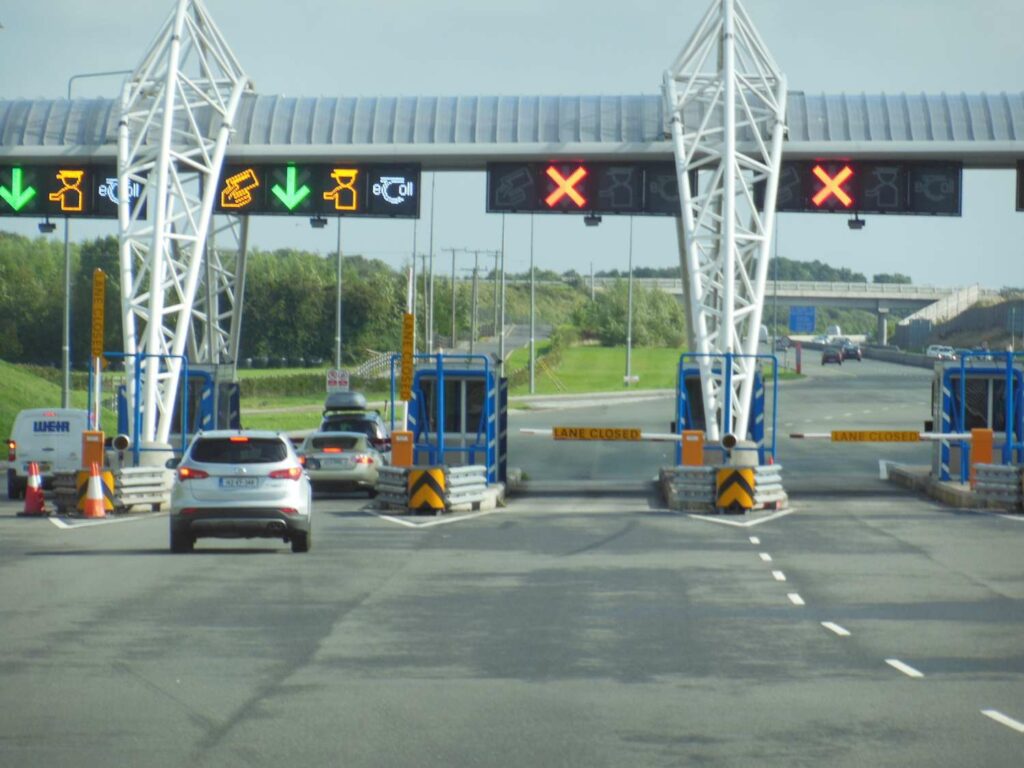
Toll booth on a road in Ireland
Anticipating Additional Expenses on Your Road Adventure
While fueling the wanderlust on your road trip, keep an eye on these possible extra costs to ensure your budget doesn’t veer off track:
- Parking Fees: City center parking can be pricey. Research cheaper options on the outskirts or use public transit.
- Ferry Crossings: For island hopping or crossing bodies of water, ferries add cost. Look for early booking discounts.
- Roadside Assistance: Not always included in rental agreements, it can be a lifeline if you encounter trouble.
- Cross-border Charges: Inform your rental agency if you plan to visit multiple countries; some may levy additional fees.
- Fuel Policies: Understand the rental’s fuel policy to avoid penalties. Opt for ‘full-to-full’ to manage costs effectively.
A bit of foresight and planning can help you cruise smoothly through your finances just as you do through Europe’s byways.
Staying on the Right Side of the Law
Interacting with the Police and Handling Accidents
If you need to interact with European law enforcement or manage an on-road mishap, staying calm and informed is crucial:
- Police Interactions: Carry all your documents (license, IDP, passport, rental papers) and present them respectfully upon request. Familiarize yourself with local traffic laws to navigate discussions confidently.
- Handling Accidents:
- Secure the Scene: Use your hazard lights and set up the warning triangle at a safe distance behind your vehicle to alert other drivers.
- Document Everything: Take photos, note details, and exchange information (names, addresses, insurance details) with all involved parties.
- Official Procedures: For serious accidents, call the police and potentially an ambulance using the single European emergency number, 112. If the accident is minor and there’s consensus on the facts, police involvement may not be necessary.
Understanding these protocols can minimize stress and ensure both compliance with local laws and the safety of everyone involved.
Low Emission Zones and Environmental Regulations
Europe takes green driving seriously, and low emission zones (LEZs) as well as environmental regulations are a testament to this commitment. Here’s what you should keep in mind:
- Low Emission Zones: Many European cities have introduced LEZs, where vehicles must meet certain emission standards to enter. Vehicles that don’t comply could face hefty fines.
- Emission Stickers: Some countries require a sticker indicating your vehicle’s emission class. For example, entering central Berlin without the appropriate “Euro 4” sticker for petrol or “Euro 6” for diesel vehicles could result in a fine.
It’s essential to check the requirements of each country and city you’ll be traveling to well in advance. Compliance ensures not only that you are respecting the environment but also avoiding potential fines.
Planning Your Route
Must-Visit Destinations Accessible by Car
Exploring Europe by car opens the door to some less-heralded gems that you can reach on four wheels. Here are destinations calling for a place on your itinerary:
- The Romantic Road, Germany: A picturesque drive through Bavaria, highlighting fairy-tale castles, medieval towns, and pristine countryside.
- Amalfi Coast, Italy: The winding cliff-side roads offer breathtaking vistas of the Mediterranean and lead to charming coastal villages.
- Ring of Kerry, Ireland: A circular route that entwines the mystical Irish countryside with Atlantic panoramas and historic sites.
- Costa Brava, Spain: Discover hidden coves, golden beaches, and the surrealist world of Salvador Dalí.
- The Transfăgărășan, Romania: Named ‘the best road in the world’ by some, this route snakes through the Carpathian Mountains, promising dramatic landscapes and an exhilarating drive.
Each drive combines natural beauty with local culture, making for unforgettable road-tripping tales.

Beautiful view of Riomaggiore, a village in province of La Spezia, Liguria, Italy.
Tech Tools for Efficient Navigation and Real-Time Traffic Updates
Gone are the days of solely relying on instinct and paper maps. Today’s technology offers a buffet of apps and tools designed to navigate Europe efficiently:
- Google Maps: A staple for drivers anywhere, it offers detailed maps, real-time traffic updates, and offline maps crucial when cell service is sketchy. You can download Google Maps – Apps on Google Play / Google Maps on the App Store
- Waze: A crowd-sourced map app where users report live conditions, be it traffic jams, accidents, or speed traps—it’s social networking meets GPS.
- ViaMichelin: Not only provides routes and maps but also suggests the most cost-efficient paths considering tolls and fuel use.
- HERE WeGo: Offers a clean and straightforward interface with offline navigation if you’re looking to diversify beyond Google Maps.
Utilizing these apps can make the difference between an arduous trek and a sailing drive through Europe’s complex network of roads and highways.
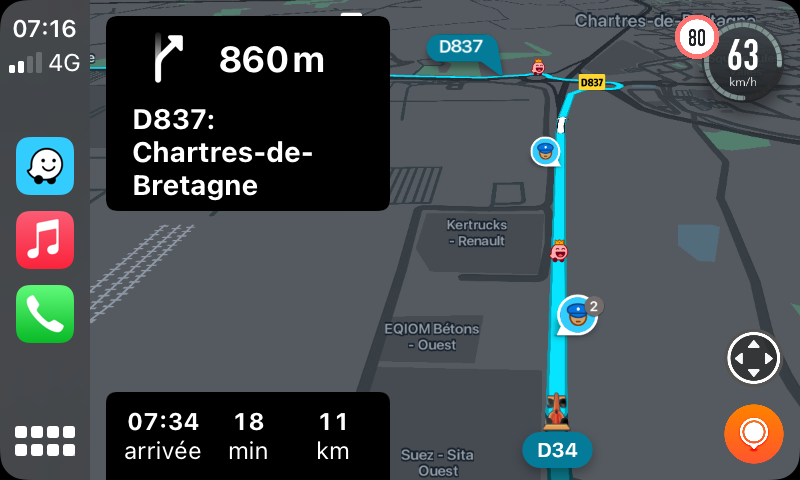
Using Waze App for Navigation
Insurance and Safety Measures
Understanding European Insurance Options
Navigating insurance in Europe doesn’t have to be a maze. Here’s a straightforward guide to European insurance options for your road trip:
- Third-Party Liability Insurance: This is the minimum legal requirement and comes with your car rental. It covers damage to other vehicles and injury to other people in an accident that is your fault.
- Collision Damage Waiver (CDW): Often optional but recommended, it limits your financial liability for damage to the rental car.
- Theft Protection (TP): Another optional cover, it reduces your liability in case the car is stolen during the rental period.
- Personal Accident Insurance (PAI): Covers medical costs and accidental death for the driver and the passengers.
- Supplementary Liability Insurance (SLI): Extends liability coverage for damages and injuries to others beyond the standard limits.
Each type of insurance comes with its own limitations and deductibles, so it’s wise to understand what you’re covered for before you hit the road. We offer car hire excess insurance that covers the rental car’s excess, helping to reduce your financial liability in the event of vehicle damage. By opting for our excess insurance, you can further safeguard yourself against unforeseen expenses during your rental car experience. Our car hire excess waiver insurance covers damage to the rental car’s windscreen, auto glass, tires, undercarriage or roof and is included at the price of the policy. We provide flexibility for renters, offering the choice between single-use policies for specific rental periods or annual coverage suitable for multiple rentals.
See How Much You Can Save on Your Europe Car Rental Excess Insurance
Get StartedRequired Equipment and Safety Kit Checklist
When embarking on a European road venture, equipping yourself with the right gear is as crucial as knowing your route. Here’s the essential checklist to keep you safe and compliant:
Safety Kit Checklist:
- Reflective Jackets: One per passenger and accessible within the car’s cabin
- Warning Triangle: Mandatory in case of breakdowns or accidents
- Headlamp Beam Deflectors: Adjust your car’s beam pattern to avoid dazzling other drivers if your vehicle isn’t already equipped for driving on the right
- First-Aid Kit: Especially important if you’re driving in countries like Austria, France, and Germany where it’s compulsory
- UK Car Sticker: If you’re driving a car that doesn’t have a GB Euro number plate
Additional Recommendations:
- Jumper Cables and Spare Tire: For those just-in-case moments
- Phone Charger and European Emergency Numbers Programmed (112 in EU, 999 in UK): To ensure communication in case of emergencies
- Emergency Escape Tool: Including a seatbelt cutter and window breaker
- Map and Travel Guide: To assist with navigation and local know-how
- Blanket, Water, and Snacks: For comfort during unexpected waits or delays
By ticking off these items, you’ll be prepared for the necessities and the unpredictable, leaving more room for enjoyment and less for worry.
FAQ: Frequent Inquiries for Driving in Europe
Can I Drive in Europe With My U.S. License?
Yes, you can drive in most European countries with your U.S. driver’s license for short visits, often up to 90 days. However, it is advisable to obtain an International Driving Permit (IDP) to accompany your license, as it is an accepted form of identification in over 150 countries and acts as a translation of your national driving credentials.
How Do I Obtain an International Driving Permit (IDP)?
You can obtain an International Driving Permit (IDP) from the American Automobile Association (AAA) or the American Automobile Touring Alliance (AATA) by presenting two passport-style photos, a valid U.S. driver’s license, and payment for the IDP fee. The permit is valid for one year and must be carried alongside your national driver’s license when driving abroad. No AAA membership is required for an IDP through AAA.
Is My Rental Car Insured Across All European Countries?
Generally, rental cars in Europe come with basic third-party liability insurance for any EU country you might visit. However, additional insurance options like Collision Damage Waiver (CDW) or Theft Protection (TP) may vary by rental provider and country. Always confirm the geographical coverage with your rental agency before traveling across borders.
What Are Some General European Driving Rules That Differ From the U.S.?
In Europe, several driving rules differ from the U.S., such as:
- Prohibition of right turns at red traffic lights, unless there’s a specific sign permitting it.
- Stricter drunk driving laws with lower legal blood alcohol content limits.
- Comprehensive enforcement of hands-free devices while driving; handheld cell phone use is illegal.
- Discourteous behaviors like rude gestures and unnecessary honking can incur fines.
- More prevalent speed cameras and automated traffic enforcement.
Travel Tips and Guides
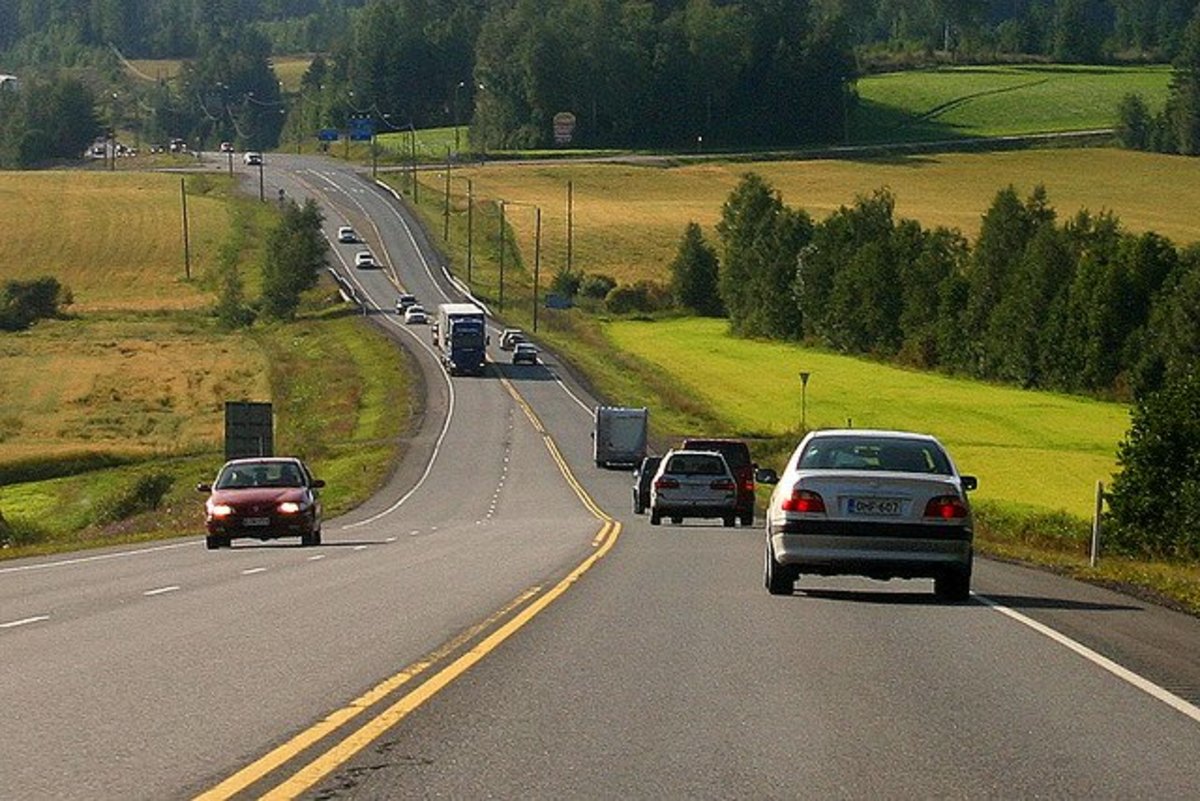
Worldwide Drive: Explore Right-Hand Traffic Countries and How to Adjust to Driving on the Right
Gil Farkash
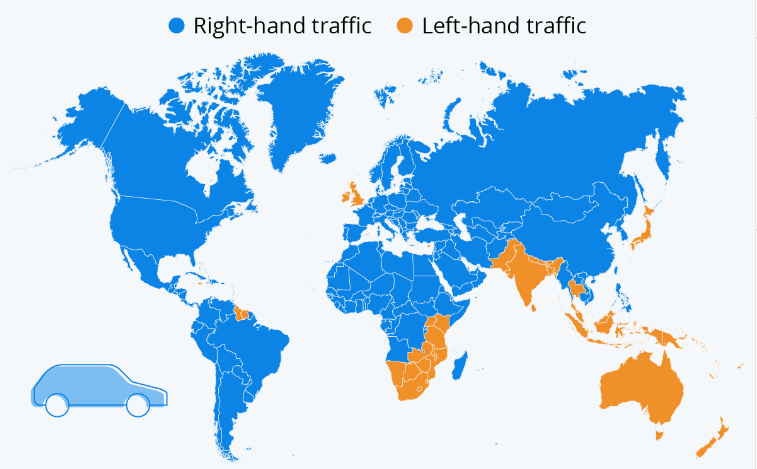
Countries That Drive on the Left: Find Out Which Countries Drive on the Left Side of the Road
Gil Farkash
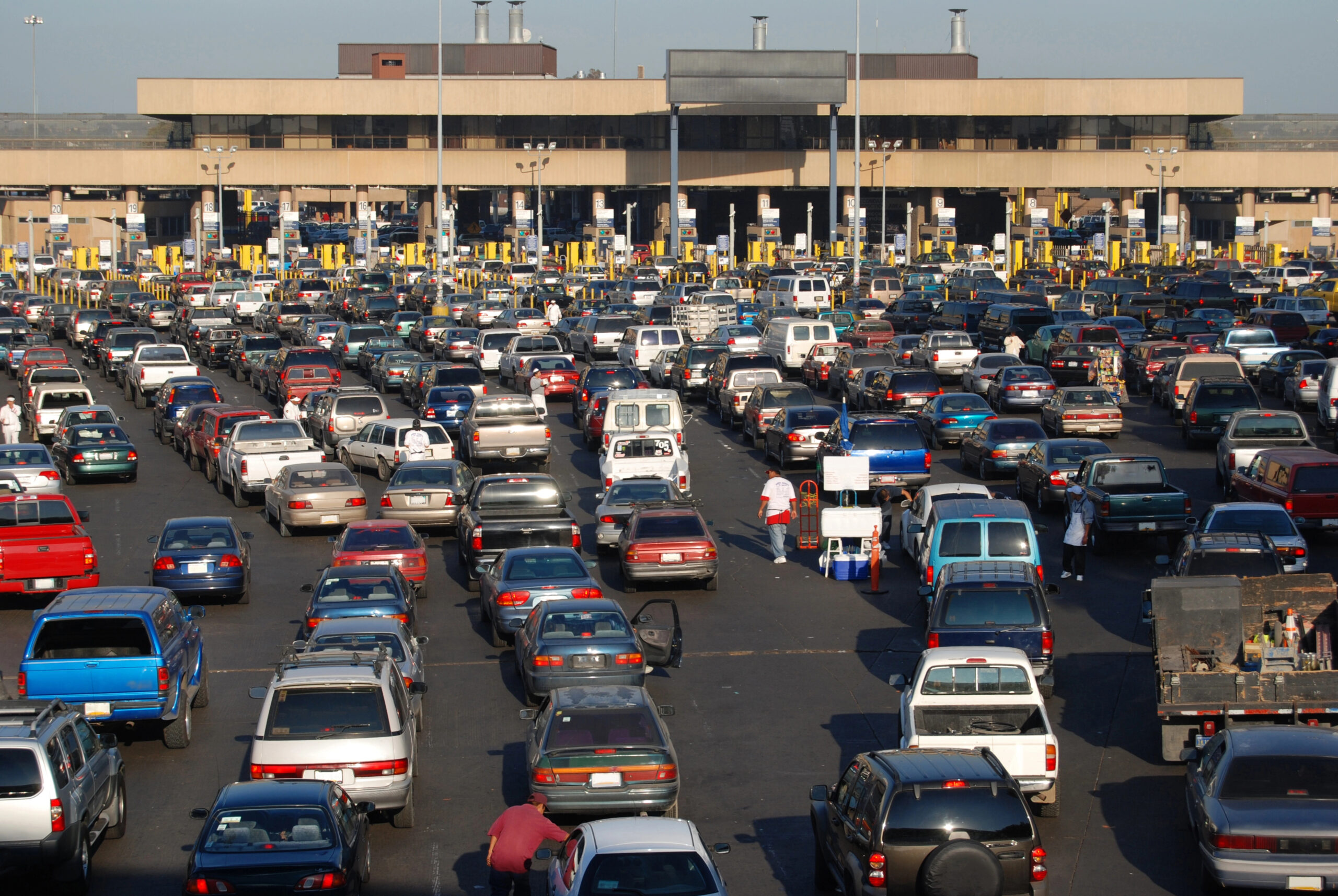
Driving in Mexico: Rules, Tips & Requirements
Gil Farkash
Frequently Asked Questions (FAQ)
No. We provide a single journey plan. You are covered from the time you pick up the rental car up to the time you return it or on the last date written on your Certificate of Insurance, whichever comes first.
No. You should purchase a policy before starting your travel.
Find the answers you’re looking for to the most frequently asked car hire insurance questions as well as other questions relating to our products and services.
